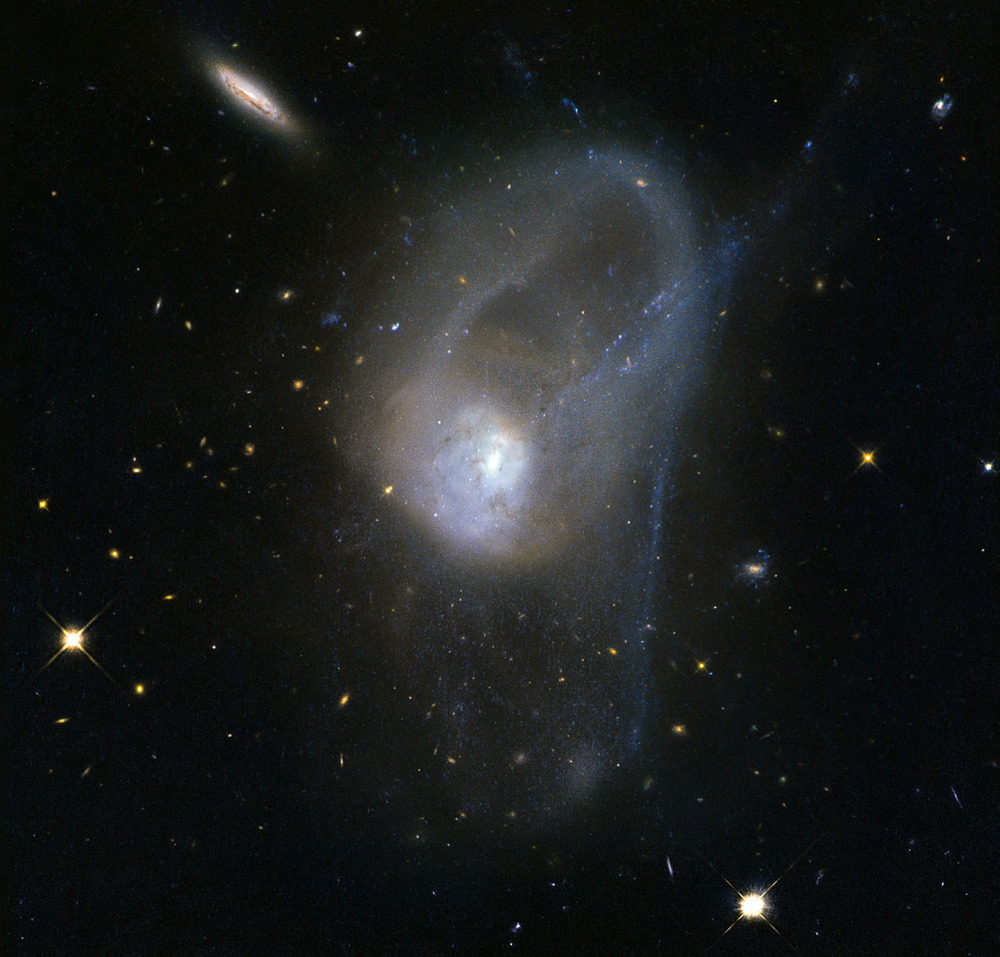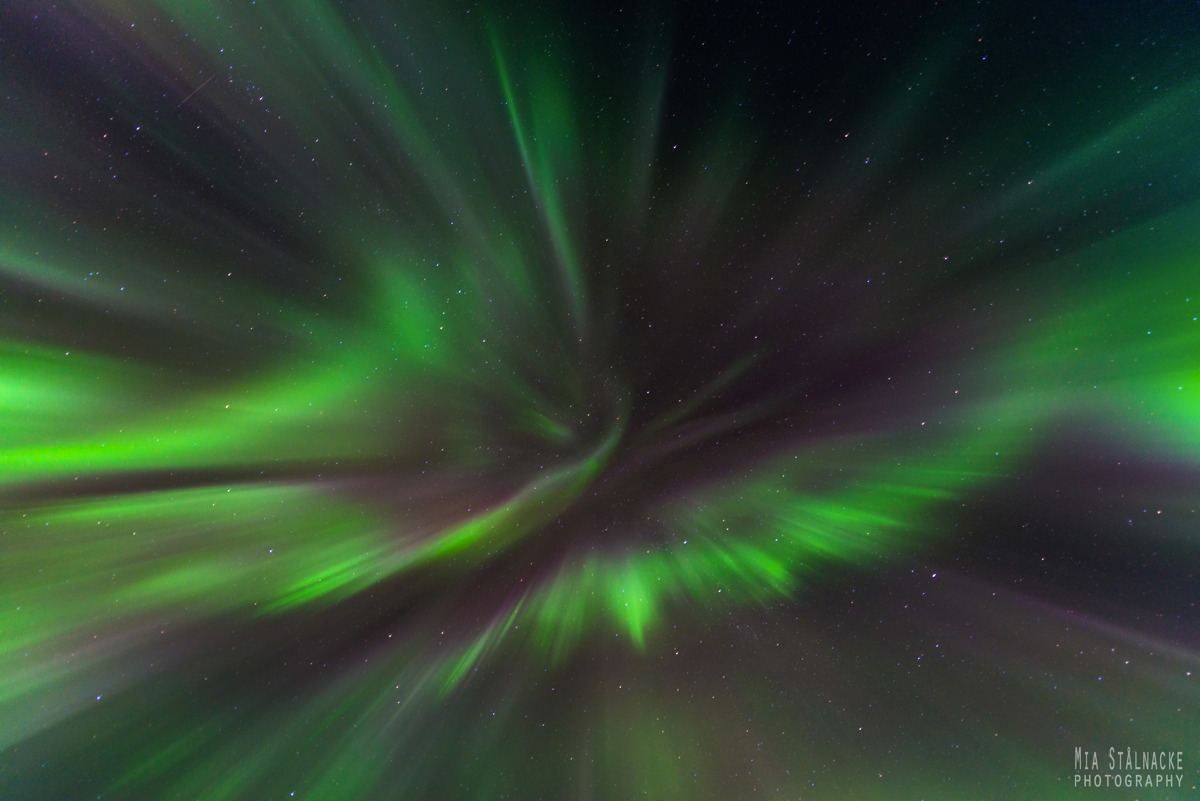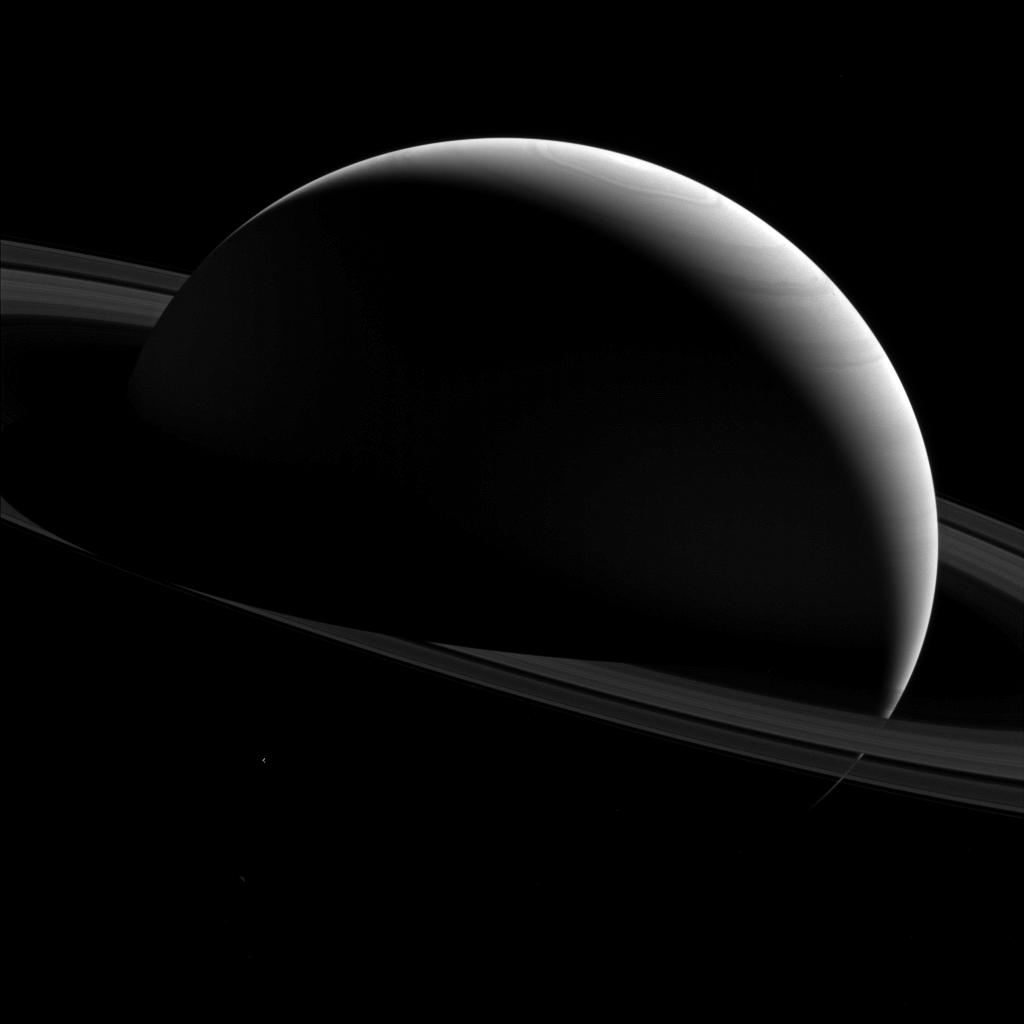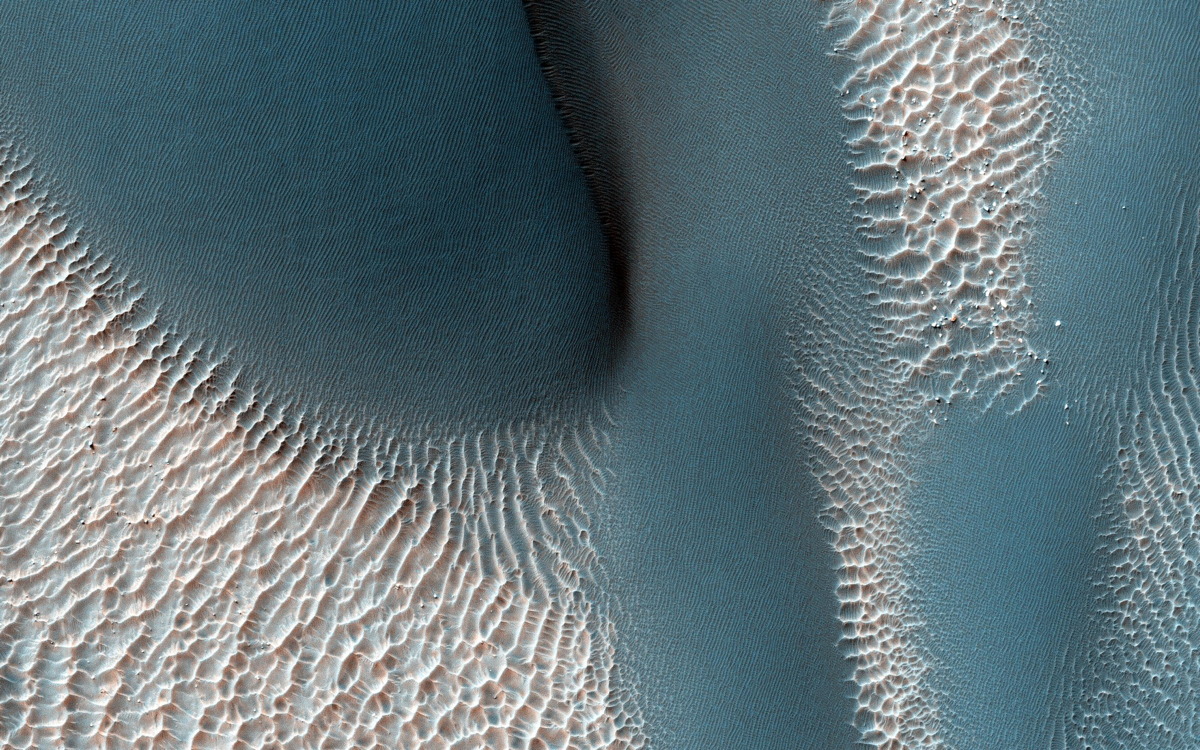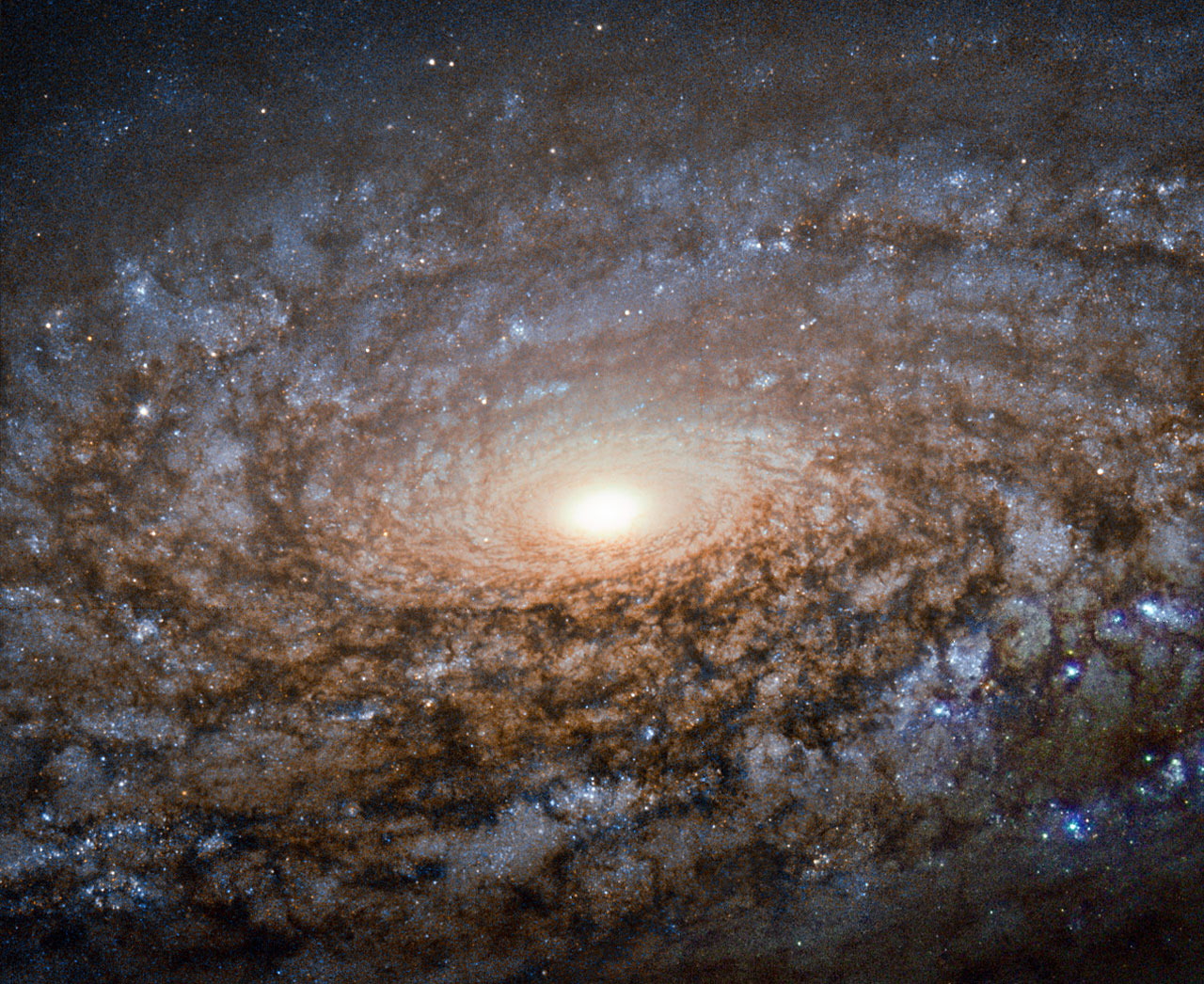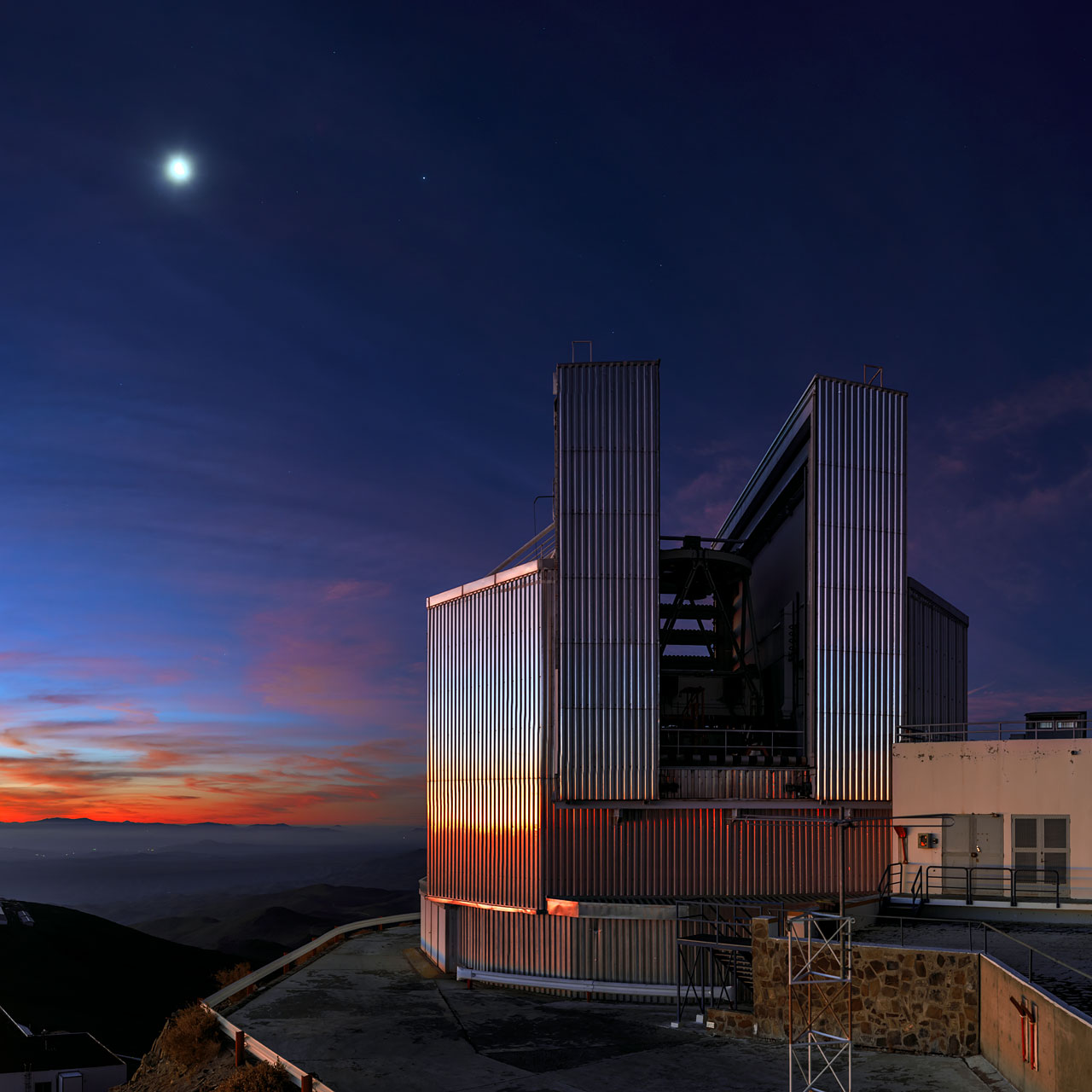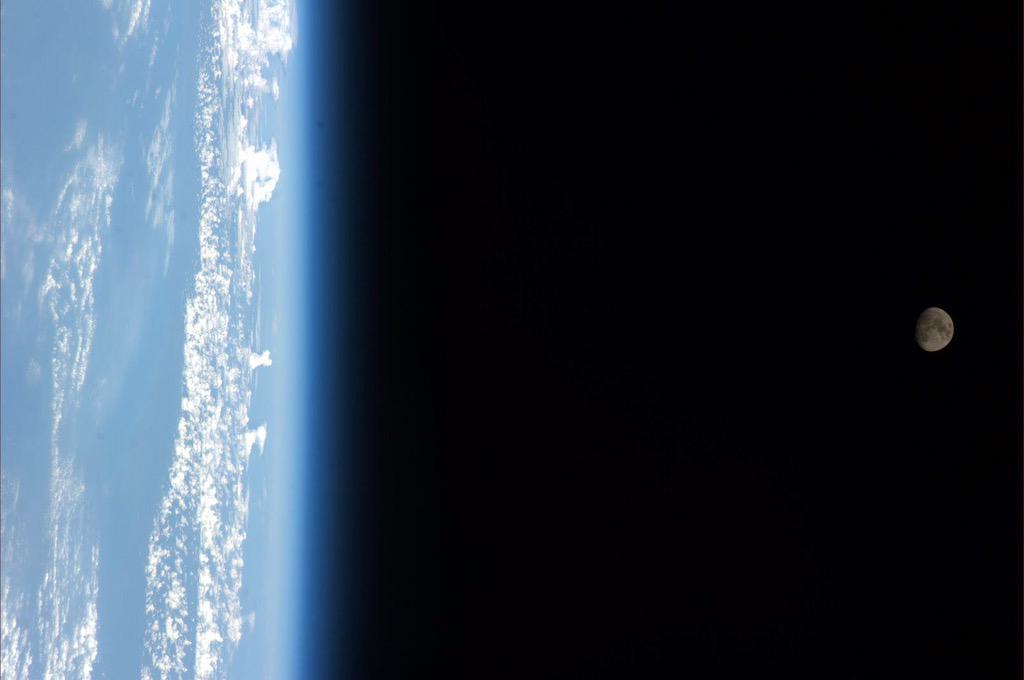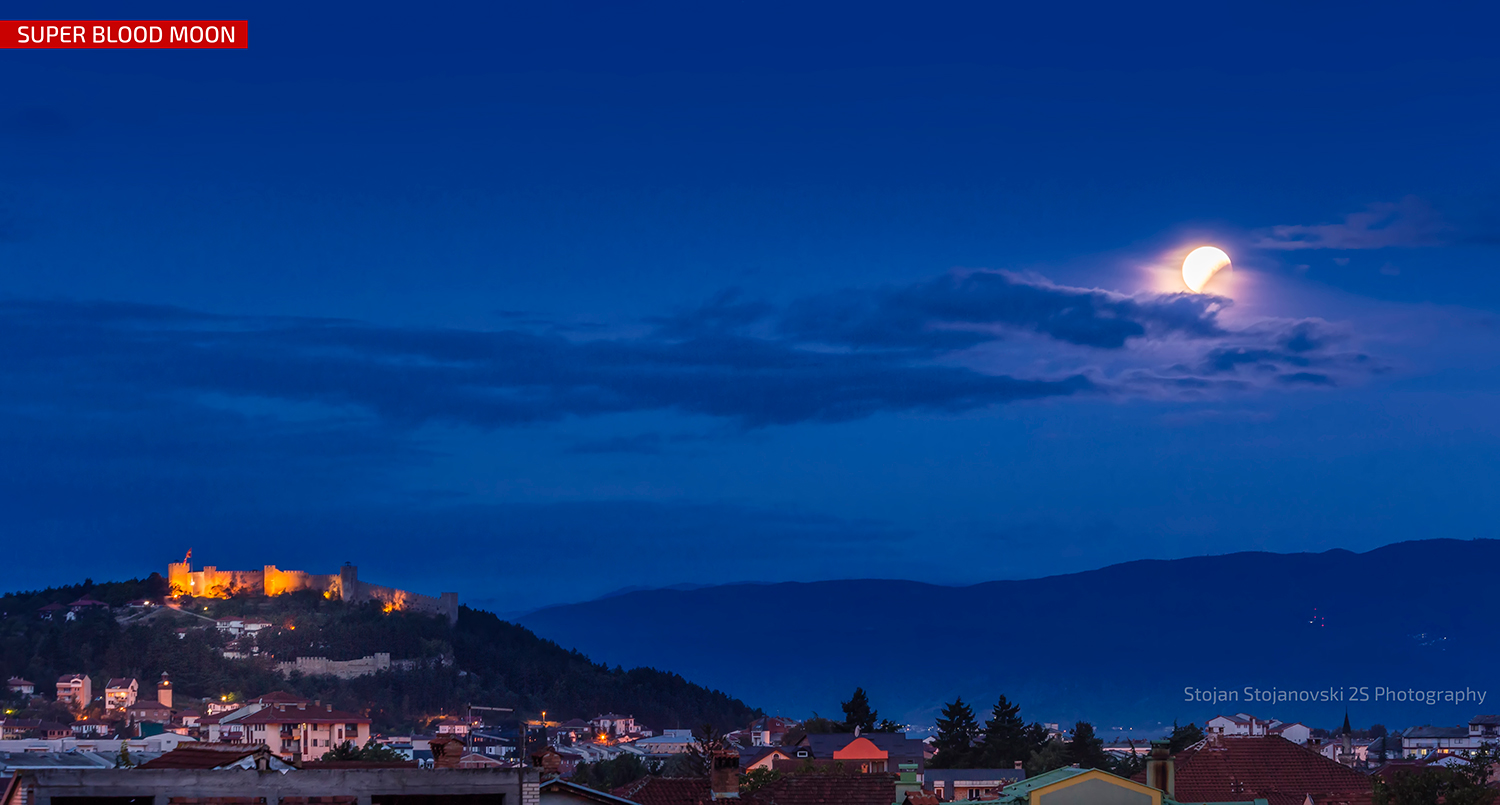Space Image of the Day Gallery (September 2015)
Six Months Gone
Tuesday, Sept. 15, 2015: As of today, Astronaut Scott Kelly has spent six months in space during his one-year mission. This infographic depicts some facts about the bodily changes he will undergo in the microgravity environment. Visit http://www.nasa.gov/1ym to find out more. Image released Sept. 14, 2015.
— Tom Chao
Colliding Galaxies
Wednesday, Sept. 16, 2015: NGC 3921 consists of a pair of interacting galaxies in the constellation of Ursa Major (The Great Bear). Only a few merging systems such as NGC 3921 lie close enough to Earth for in-depth observation. The two disc galaxies here appear in the late stages of their merger. Investigation shows that the galaxies involved had about the same mass and collided about 700 million years ago, fueling a rush of star formation. Image released Sept. 14, 2015.
— Tom Chao
Epic
Thursday, Sept. 17, 2015: Astrophotographer Mia Stålnacke sent in a photo of an aurora corona seen near Kiruna, Sweden, on Sept. 11, 2015. She writes in an email message to Space.com: "Last night was absolutely epic up here in Kiruna, Sweden! [The photo was] taken in the little village [of] Pirttivuopio in Kiruna, Sweden around midnight. The sky was perfectly clear, and there were coronas forming the whole night which made for a spectacular, colorful show!"
— Tom Chao
Night Side
Friday, Sept. 18, 2015: A Cassini spacecraft image shows the night sides of Saturn and its moon, Tethys (lower left). The inky black shadows result from the lack of atmospheric molecules to scatter sunlight into the dark areas. Tethys (660 miles or 1,062 kilometers across) barely appears at lower left below the ring plane. Researchers have brightened it by a factor of three to increase its visibility. Saturn's polar hexagon displays a wavy outline at top center. Cassini spacecraft’s wide-angle camera caught the image on Jan. 15, 2015. Image released Sept. 14, 2015.
— Tom Chao
Windblown
Monday, Sept. 21, 2015: Mars Reconnaisance Orbiter captured this image of sand dunes trapped inside an unnamed crater in southern Terra Cimmeria. The dark areas represent sand dunes, while the lighter ridges are windblown deposits known as "transverse aeolian ridges" or TARs. Image released Sept. 16, 2015.
— Tom Chao
Blur
Tuesday, Sept. 22, 2015: A new NASA/ESA Hubble Space Telescope image shows the spiral galaxy NGC 3521. Its soft, blurry appearance stems from patches of dust and gas occuring throughout its disc. The galaxy falls into the class of flocculent spirals, which lack arms with sharply defined structure unlike grand design spirals such as Messier 101. About 30 percent of galaxies possess patchiness like NGC 3521, while approximately 10 percent have the shape of grand design spirals. NGC 3521 lies almost 40 million light-years away in the constellation of Leo (The Lion). Image released Sept. 21, 2015.
— Tom Chao
Keep Cool
Wednesday, Sept. 23, 2015: Just after sunset, the New Technology Telescope (NTT) stands at ESO's La Silla Observatory, in Norte Chico in the outskirts of the Chilean Atacama Desert. The moon shines overhead while the sun has set below the horizon at left. The telescope’s metallic dome prevents the enclosure from daytime warming, which produces warm air and turbulence that damage the condition for astronomical seeing. The designers of the facility have even painted the concrete platforms and parking spaces white to increase the amount of light reflected from their surfaces. Image released Sept. 21, 2015.
— Tom Chao
Breaking space news, the latest updates on rocket launches, skywatching events and more!
Goodbye, Night Sky
Thursday, Sept. 24, 2015: Astrophotographer Béla Papp sent in photos of himself with his spouse under the night sky in Hungary during July 2015. He writes about the photos in an email message to Space.com: “They were taken during this summer near my town. This is a flat land and the light pollution is quite [powerful] so one needs to go out many times to get ‘the’ shot…. The last two pictures ... had been taken in July about one week [before] I went for a deployment. Me and my loved one went out together which is a big deal because usually I go out alone. So we took some pictures together. As I am now stationed next to a capital I do not have a chance to see the starry ‘face’ of the night sky for months. So these pics were my goodbye shots both to my spouse and the night sky for a while.”
— Tom Chao
Beautiful Moon
Friday, Sept. 25, 2015: Is everyone ready for the lunar eclipse? We at Space.com are getting ready! On Sept. 18, 2015, NASA astronaut Rick Mastracchio posted this photo of the moon on Twitter, as seen from his vantage point on the International Space Station. He wrote "The moon over Mexico. Beautiful." See our full coverage of Sunday’s “blood moon” supermoon lunar eclipse.
— Tom Chao
Eclipsed
Monday, Sept. 28, 2015: Astrophotographer Stojan Stojanovski sent in a photo of the "blood moon" supermoon lunar eclipse taken in Ohrid, Macedonia, on Sept. 27, 2015 (EDT). Here, the partially eclipsed moon peeks through clouds. See our full coverage of the rare event.
— Tom Chao

